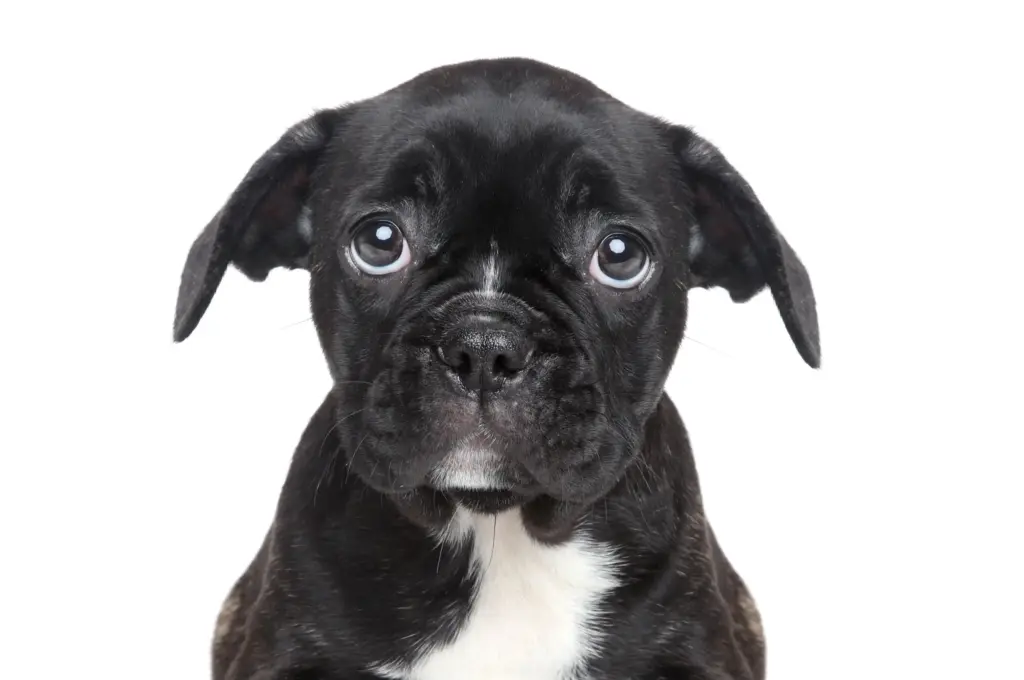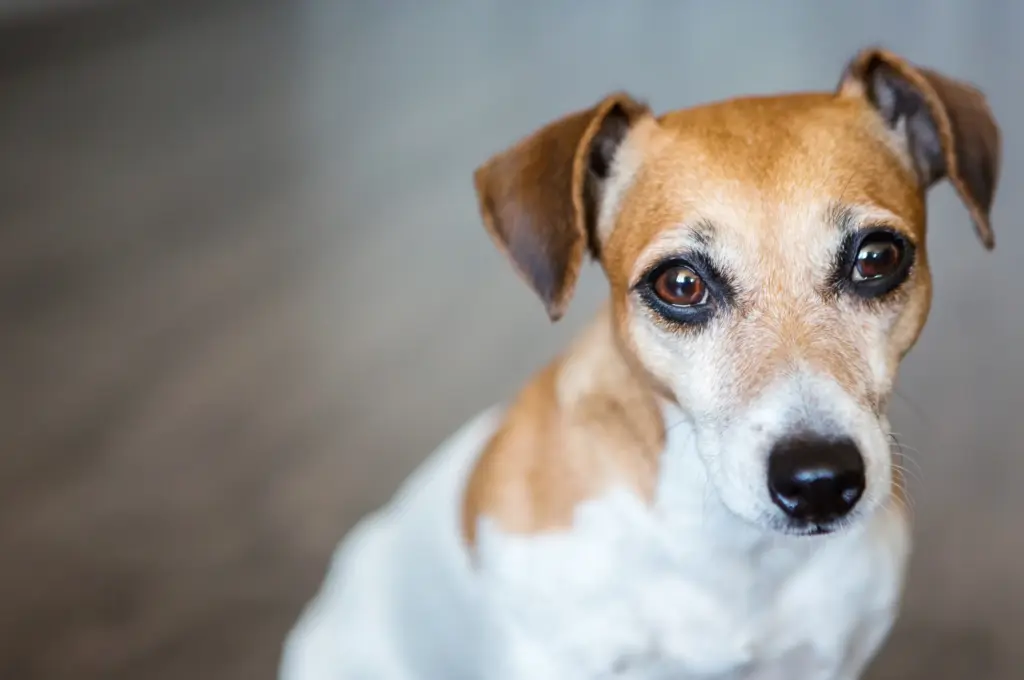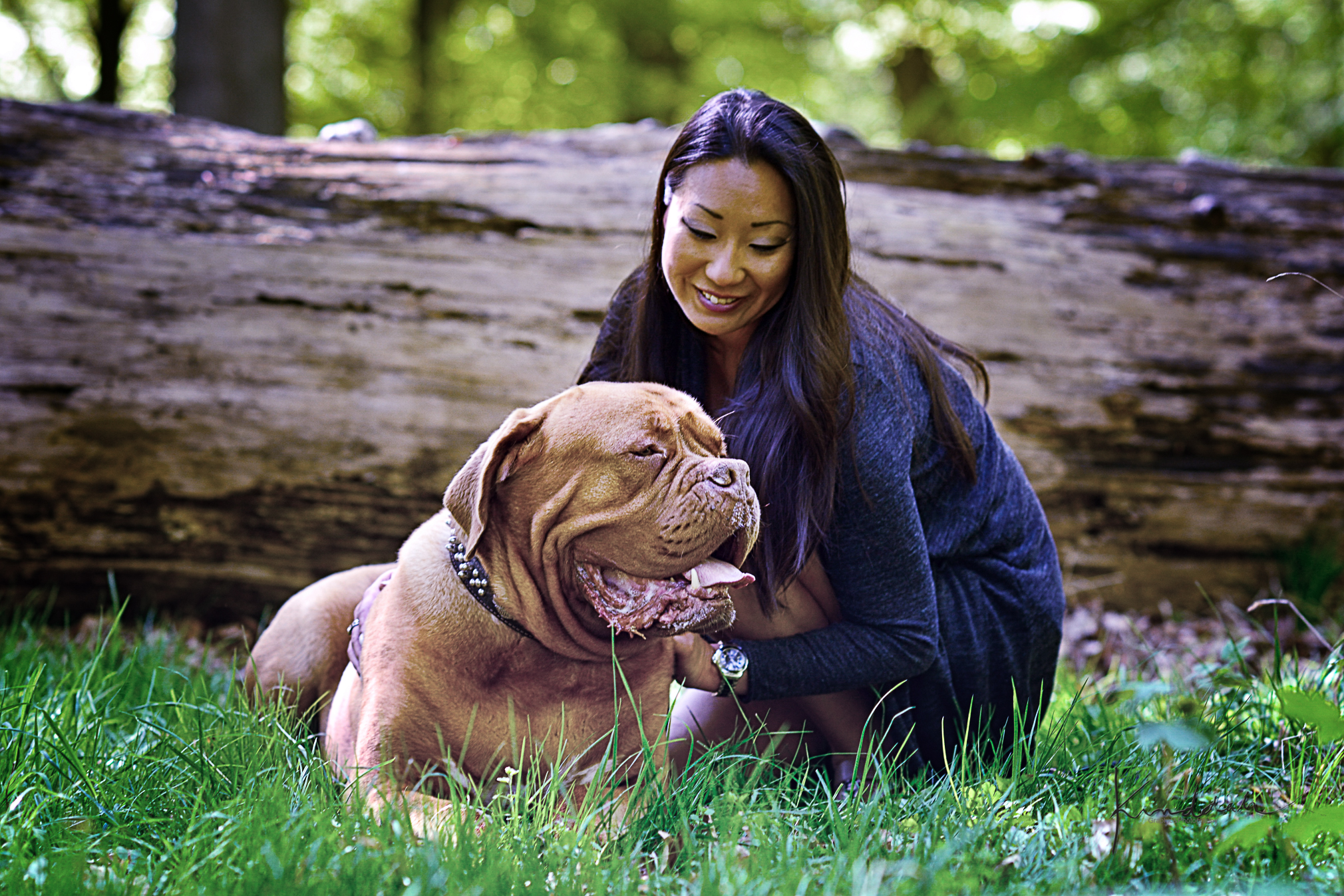Separation anxiety in dogs: Symptoms, causes, and how to fix it
Separation anxiety in dogs:
Symptoms, causes, and how to fix it
by Ditte Young
Updated on September 19, 2023
Estimated reading time: 8 minutes
One of the most common problems pet parents face is that their dogs are disruptive or destructive when left alone. They might start barking and howling when their guardians leave the house. They might chew on the furniture or dig at the door to escape, urinate, or defecate.
When accompanied by other distress behaviors — such as drooling and showing anxiety when his pet parents prepare to leave the house — these problems indicate that the dog suffers from separation anxiety.
This article will cover what you need to know about separation anxiety in dogs. We will walk you through what it is, what causes it, and what you can do to fix it.
Table of Contents
What is separation anxiety?
Separation anxiety is a type of behavior triggered when a dog is upset due to separation from his guardians — the people he is attached to. Although older dogs can develop separation anxiety, it often affects young dogs.
Some dogs suffering from separation anxiety seem anxious or depressed when their guardians aren’t present or before their guardians’ departure. Others may become agitated when their guardians prepare to leave — some even try to prevent their guardians from going.
Behaviors triggered by separation anxiety can typically be mistaken for the dog not being correctly house-trained or not knowing which toys are his to chew.
Are you looking for help to calm down your dog’s anxiety? Read our post: How to calm a dog down? 11 top tips to get rid of anxiety.
Common symptoms that can indicate separation anxiety include:
- Barking, howling, and whining when the dog is left alone or separated from his guardian.
- Shaking or shivering when the dog is left alone or separated from his guardian.
- Chewing on, digging at, and destroying household objects, door frames, or window sills. These behaviors can result in self-injury, such as broken teeth, damaged nails, and cut and scraped paws.
- Urinating and defecating when the dog is left alone or separated from his guardian.
- Escape attempts — mainly if the dog is confined to a specific area when left alone or separated from his guardian.
- Pacing, i.e., walking or trotting along a specific path in a fixed pattern when left alone or separated from his guardian.
- Coprophagia, i.e., consuming all or some of his excrement when left alone or separated from his guardian.
Usually, a dog with separation anxiety will begin barking and displaying other distress behaviors right after being left alone. When his guardian returns home, the dog typically acts like it’s been years since he’s seen them.
Additional reading: How to stop a dog from barking and why is my dog shaking?



Help your dog overcome separation anxiety with “Dogs: Personality profiles and behavioral issues” by Ditte Young
Want to get to know your dog’s personality profile and learn what you can do to help your dog overcome separation anxiety? With Ditte Young’s online course “Dogs: Personality profiles and behavioral issues,” you can learn exactly what you need to know about your dog to help him overcome stress, fear, or anxiety.
What causes separation anxiety in dogs?
No conclusive evidence shows precisely what causes some dogs to develop separation anxiety. However, certain situations involving notable changes in the dog’s routine — particularly changes concerning his pet parents — have been associated with the development of separation anxiety. Such conditions include the following.
Change of guardian or family
Being abandoned, given up to a shelter, or passed on to a new guardian or family can lead to separation anxiety. For example, puppies can sometimes develop separation anxiety when taken away from their mother and pack and moved to a new home — a sudden change they weren’t prepared for.
Further, separation anxiety is far more common in dogs adopted from shelters than those kept by a single family since puppyhood. This suggests that losing an important person or group of people in his life can cause a dog to develop separation anxiety.
Additional reading: How to calm a dog down?
Change of residence
Moving can be a stressful experience, and it is no surprise that this can be the case for our dogs, too. Moving to a new home can trigger the development of separation anxiety.
Change in schedule
If a dog is not used to being alone, an abrupt schedule change that introduces much more alone time than they are accustomed to can sometimes trigger separation anxiety. Take, for example, a dog whose guardian works from home. If the guardian gets a new job requiring them to leave the house for many hours, the dog might develop separation anxiety due to this sudden change.
Change in household membership
As mentioned above, losing an important person or group of people in his life can cause a dog to develop separation anxiety. This also means that the sudden absence of a resident family member — either due to death or moving away — can trigger the development of separation anxiety.
You might also be interested in: How to stop dogs from peeing in the house.
Identifying separation anxiety: Problems to rule out first
Sometimes, it can be challenging to determine whether a dog has separation anxiety, as other problems can have similar symptoms.
Before concluding that your dog is suffering from separation anxiety, it is essential to rule out the following problems:
- Medications that can cause frequent urination or house soiling.
- Medical problems causing urinary incontinence, such as a urinary tract infection, bladder stones, kidney disease, or hormone-related problems after spay surgery.
- Submissive or excitable urination during greetings, play, physical contact, or when reprimanded or punished.
- Urine marking, also known as scent marking.
- Incomplete house training — for example, if the dog’s house training was inconsistent or involved punishment that made him afraid to urinate or defecate while his guardian is watching or nearby.
- Juvenile destruction, such as chewing or digging, regardless of whether the young dog’s guardians are home.
- Boredom — When left alone, some dogs can be disruptive because they are bored and looking for something to stimulate them.
Can separation anxiety in dogs be cured?
Yes, separation anxiety in dogs can be cured — especially if the root of the problem is identified. While separation anxiety takes a lot of work to fix, it can be done with focus, training, and the right help.
What it takes to cure separation anxiety in dogs depends entirely on the owner, the dog, and the cause of the problem. Some dogs recover with training and consistent routines, while others may need a more significant change in lifestyle habits to recover.
How to help a dog with separation anxiety
As a pet parent, you want nothing more than for your dog to be happy. Understandably, seeing your dog in distress every time you leave the house is heartbreaking. Luckily, there are many things you can do to help your dog overcome his separation anxiety.
Here are five steps to better understand your dog’s needs, train him, and help ease his separation anxiety.
1. Establish a predictable routine
2. Meet your dog’s needs for enrichment
3. Reward and reinforce the proper behavior
4. Develop a space for relaxation
5. Learn to understand what your dog is telling you
1. Establish a predictable routine
An anxious dog is more likely to feel safer and calmer if his routine is predictable. Establish a predictable daily routine that helps your dog predict when he can expect attention (such as feeding, play, or exercise) and when he should be prepared for inattention (when he should be napping or keeping himself entertained).
Try to schedule when your dog should expect inattention at times when you would generally depart.
2. Meet your dog’s needs for enrichment
When you are interacting with your dog, make sure that you’re meeting all his needs for enrichment. These include his social interaction, play, training, communication, exercise, and elimination requirements.
You should initiate regular interactive sessions and provide enough play and attention to ensure your dog is prepared to settle down and relax when each session is over.
When your dog settles down, it’s a good time to introduce new chew toys and exploratory toys so that your dog has new, motivating toys to focus on. You can also replace standard food bowls with feeding toys to make feeding time more of a mental and physical effort. Introducing these toys can help your dog connect entertaining himself with being relaxed without receiving attention.
3. Reward and reinforce the proper behavior
Most dogs love to be rewarded with treats, food, chew toys, and play. However, if your dog has separation anxiety, his favorite reward will likely be your attention. You can use that attention to reward and reinforce the correct behavior and teach your dog what he needs to learn. This is called positive reinforcement, and the method is key in dog training – for example when potty training.
When training your dog, focus on extended and relaxed down stays and going to a bed or mat on command. If your dog seeks attention, you should either have him do a down-stay, go to his mat, or ignore him entirely until he settles. Reward your dog with attention or affection after sufficient time in the down-stay or on the mat.
This training teaches your dog that attention-seeking behavior is not rewarded — a calm and quiet demeanor is the only behavior that gives him what he wants.
4. Develop a space for relaxation
When you are not home, your dog’s bed or mat should feel like a safe space to play with his toys, rest, nap, or sleep.
To develop this space, you can begin by training him to go to the area and gradually shape longer stays before you reward him. You can also take your dog there as part of your training routine. In time, you should establish a daily routine where your dog lies on his bed or mat after each play, exercise, and training session.
It would help if you also focused on giving your dog some or all of his favorite rewards in this area — treats, toys, affection, and feeding toys. It’s also a good idea to leave a piece of your clothing for him with your scent. This helps your dog associate the space with the feeling of safety he experiences with you.
5. Learn to understand what your dog is telling you
The fifth and final step is the most crucial: to help your dog overcome his separation anxiety, you must understand what he is telling you.
Your dog talks to you every day. Not just through barking or whining but through his behavior. He communicates how he is feeling and responds to how you are feeling.
Here are some things to consider regarding how your dog communicates with you — and how you communicate with him:
-
How are you feeling when you’re leaving the house?
What does your behavior tell your dog that he should feel? -
Have you thought about how your dog understands the passing of time?
How you can tell him when you’ll be back? - Is your dog trying to tell you that he has had a traumatic experience before that is causing him to feel anxious now?
To learn what you need to do to help him, you need to listen to your dog, understand his feelings, and respond to his senses correctly. An animal communicator can help you do just that.
An animal communicator, also known as a dog whisperer, can help you learn to understand what your dog is telling you. With help from an animal communicator, you can get to the root of the problem that is causing your dog to suffer from separation anxiety. Not only does this give you the tools you need to ease your dog’s problem and give him the best life possible — it also helps you get to know your best friend better.
Help your dog overcome his separation anxiety with animal telepathy by Ditte Young
Ditte Young has worked as a spiritual coach, therapist, and clairvoyant for 25 years. She is the author of 3 books about animal communication and is known as Denmark’s most recognized animal communicator.
Want to learn behavior techniques to calm down dogs from Europe’s most recognized animal communicator and dog whisperer? Now is your chance.
You can now participate in Animal Telepathy Mastery from anywhere in the world or educate yourself on a dogs mental and physical state with one of my animal communication courses.
This is for you if you:
- Want to give your dog the best life possible?
- Have a dog who’s insecure
- Want to know how dogs are engaging
- Wants tools for behavior modification
- Want to be acquainted with the particular types of dog personalities
- Have a rescue dog with traumas
- Want to make a living by helping animals
- And so much more…
Want to keep up with Ditte Young’s work?


